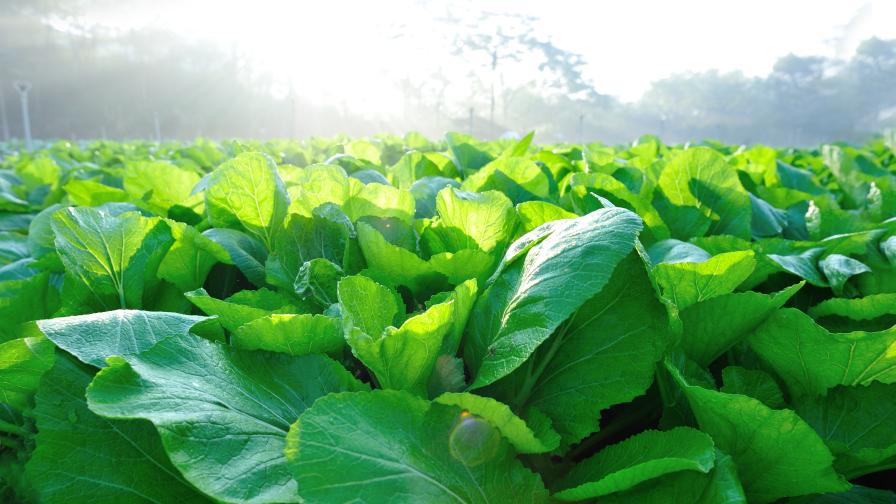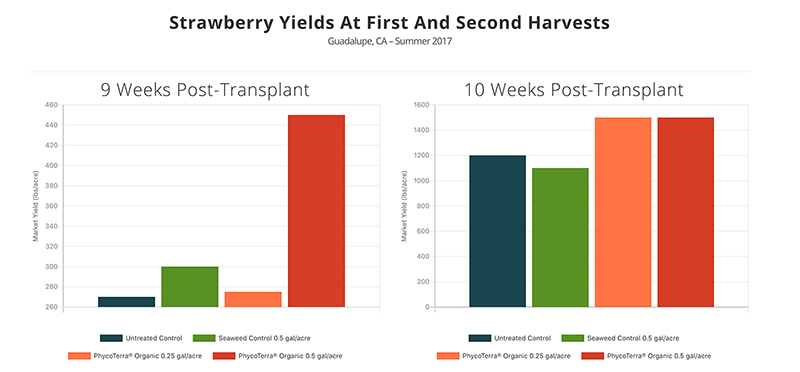Beware of New Sustainability Measures Headed to Your Farm
During the keynote talk at the MidAtlantic Fruit and Vegetable Convention last winter, Dr. David Kohl (Professor Emeritus, Virginia Tech) spoke about major U.S. retailers asking for lists of sustainable practices from produce growers. Since that talk, many growers I’ve chatted with have backed up his comments, telling me their buyers are asking the same thing. One had the unpleasant experience of a major retailer making a special trip to their facility just to ask why another grower was better at sustainability than they were. No one likes being told to match another operation’s practices, especially when you’re not privy to their private business.
My guess is that unlucky grower will not be alone. All this data gathering will likely be used soon to create an amped up version of their current compliance demand list.
USDA will be playing a role in all this. It’s getting a $19.5 billion shot in the arm for its conservation programs. The newly passed Inflation Reduction Act designated the funds to improve ag conservation. How those funds ultimately are distributed remains to be seen, but close to $20 billion will inevitably help direct conservation production methods.
New Regulations Change Growing
This is coinciding with a patchwork of ag rules aiming for the same result — more sustainable farming practices. The goal is something every grower agrees with. The devil is in the specifics of how to reach that goal.
Also, many of these ag rules have rolling thresholds that go in effect over a number of years. And many enforceable ag rulings bank on technology or scientific breakthroughs that do not yet exist. It’s a painful process for growers trying to meet the criteria.
Respected Extension Agent Richard Smith in Monterey County, CA, points out the positive side of these difficult regulations. Tough times spur innovation, which moves the industry to a better place. Just look at advances made in soil health science and tech tools that help reduce inputs.
A great example of finding creative solutions is the American Vegetable GrowerSM Grower Achievement Award national winner, Lipman Family Farms. It produces crops in ecologically challenged areas, partners with competitors to find smart improvements, and shares what it learns.
Where do you think all of this will take us? I think we can all agree, U.S. vegetable growing is more important to the country than ever before. I, for one, look forward to seeing how you all adapt to current challenges and build a remarkable future.

Cover crops, like the mustard shown here, bridge the nitrogen they scavenge and sequester it in their biomass over the rainy winter months when it may otherwise leach.
Oh, One More Thing
The top methods for reducing carbon emissions have been around a long time. Yet in recent years, researchers and growers have been fine-tuning these age-old practices, finding ways to boost results and reduce costs to implement them.
Here are the top six methods, according to the EPA:
- Improve nutrient management
- Use conservation drainage practices like subsurface tile drainage
- Have year-round ground cover
- Reduce tillage frequency and intensity
- Plant permanent buffers — trees, shrubs, and grasses — around production fields.
- Take a leadership role on watershed efforts
Source: https://www.epa.gov/nutrientpollution/sources-and-solutions-agriculture









